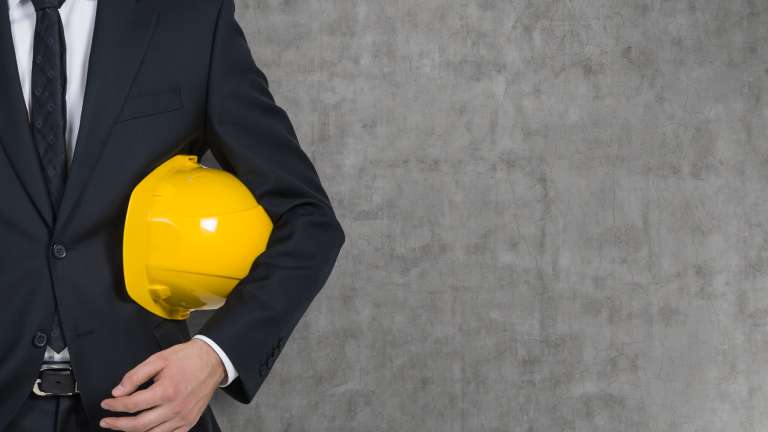 The safety of an establishment goes a long way in building a business’s reputation. We may take care to put a security alarm system in place and alert customer to wet floors. However, the security of simpler things like signs and other display materials aren’t as carefully considered.
The safety of an establishment goes a long way in building a business’s reputation. We may take care to put a security alarm system in place and alert customer to wet floors. However, the security of simpler things like signs and other display materials aren’t as carefully considered.
What Could Go Wrong?
Here’s a scene that’s all too familiar: a customer leans in or reaches forward to inspect an item or read a sign. What ensues is a crash and tumble of items that disrupts every shopper within earshot.
How does the person who “caused” this mess react? They may continue what they were doing, or scramble to right the wrong. Chances are, the feeling they experience most is an embarrassment. Their interest in the item is now totally secondary, if the urge to purchase remains at all.
We all know this isn’t the kind of experience we opened the doors for. Moreover, while one may have staff dedicated to display maintenance and cleanup, such accidents are preventable, and their time could undoubtedly be best used elsewhere.
Retail Accidents
Even worse than the flush of embarrassment is anything resembling an actual injury. Lawsuits resulting from falls can cost businesses millions of dollars in damages, which as we all know, is enough to put many small businesses out of commission permanently.
More than that, falls are more prevalent and harmful than we often realize. The National Floor Safety Institute reports that falls are the primary source of costly worker compensation claims. Approximately 5% of all falls result in broken bones, the worst of which would be a hip fracture, more common in accidents involving the elderly.
Our annual slips, trips, and falls cost between 13 and 14 million dollars to treat. One in five emergency room visits occur thanks to a fall of some sort. And there’s no way to predict how bad a fall will be – even a young, healthy person can unexpectedly take a nasty spill.
Can your business afford to absorb the cost of that? Or would it be wiser to use simple, cost-effective solutions ahead of time to prevent some of these incidents from occurring?
Staying Ahead of Catastrophe
You likely already do enough to prevent many falls, from warning signs and cones, to proper lighting and secure shelving. In addition, always keep your retail sign holders either out of the way of foot traffic, or secured to the floors, counters, displays, and shelves they inhabit.
Ensure that the information displayed on your signs is legible from at least five feet, so people won’t be tempted to get close. Observe patterns in foot traffic – do people have a tendency to veer off in a certain direction where there are stacks, signs, or other potential obstructions? Do customers struggle to reach items?
Keeping all store elements, including signage, secure is one way to prevent expensive accidents. A safe, well-lit, and easily navigable retail space is one that is more likely to stay in business.

Learn more
Key Takeaways: Workers compensation claims can be complex and require careful navigation of legal procedures and documentation. Filing a ...
The first thing a customer sees before entering your business is your signage. Smart retailers understand that business begins with signage, and t ...
Before choosing a sign company in Ohio, there are certain things to keep in mind regarding signage for a commercial building. Branding and adverti ...
Digital signage is one of the best investments you can make in your business. It is one of the best ways to increase awareness of your business, i ...
If you’re a wholesale business or industry service, you most likely attend tradeshows on the regular. Tradeshows are essential to your business as ...







